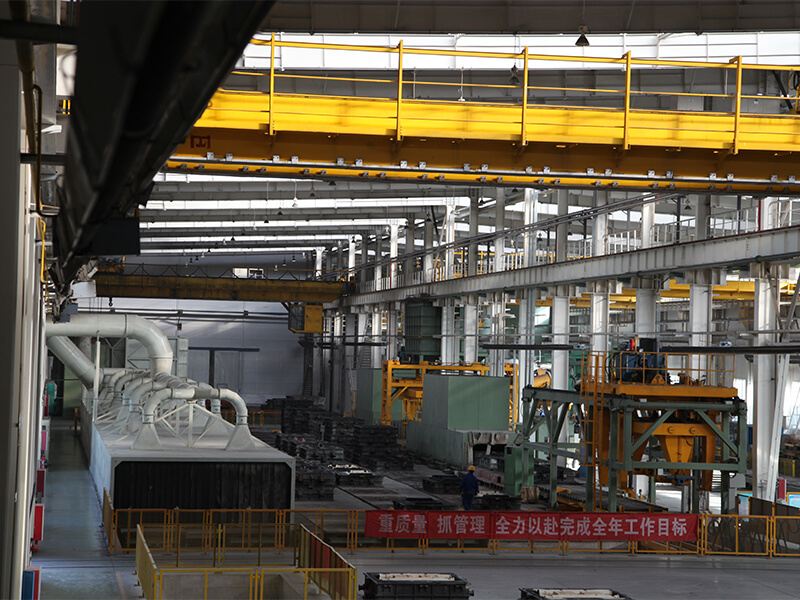- Afrikaans
- Albanian
- Amharic
- Arabic
- Armenian
- Azerbaijani
- Basque
- Belarusian
- Bengali
- Bosnian
- Bulgarian
- Catalan
- Cebuano
- China
- China (Taiwan)
- Corsican
- Croatian
- Czech
- Danish
- Dutch
- English
- Esperanto
- Estonian
- Finnish
- French
- Frisian
- Galician
- Georgian
- German
- Greek
- Gujarati
- Haitian Creole
- hausa
- hawaiian
- Hebrew
- Hindi
- Miao
- Hungarian
- Icelandic
- igbo
- Indonesian
- irish
- Italian
- Japanese
- Javanese
- Kannada
- kazakh
- Khmer
- Rwandese
- Korean
- Kurdish
- Kyrgyz
- Lao
- Latin
- Latvian
- Lithuanian
- Luxembourgish
- Macedonian
- Malgashi
- Malay
- Malayalam
- Maltese
- Maori
- Marathi
- Mongolian
- Myanmar
- Nepali
- Norwegian
- Norwegian
- Occitan
- Pashto
- Persian
- Polish
- Portuguese
- Punjabi
- Romanian
- Russian
- Samoan
- Scottish Gaelic
- Serbian
- Sesotho
- Shona
- Sindhi
- Sinhala
- Slovak
- Slovenian
- Somali
- Spanish
- Sundanese
- Swahili
- Swedish
- Tagalog
- Tajik
- Tamil
- Tatar
- Telugu
- Thai
- Turkish
- Turkmen
- Ukrainian
- Urdu
- Uighur
- Uzbek
- Vietnamese
- Welsh
- Bantu
- Yiddish
- Yoruba
- Zulu
Aug . 08, 2024 11:50 Back to list
Exploring the Efficiency and Design Features of Plate Type Heat Exchangers in Modern Applications
Understanding Plate Type Condensers Efficiency and Applications
In the ever-evolving landscape of industrial processes, heat exchange technologies play a pivotal role in enhancing energy efficiency and reducing operational costs. Among these technologies, plate type condensers have emerged as a prominent choice for a variety of applications. They are compact, efficient, and versatile, making them ideal for both heating and cooling processes.
What is a Plate Type Condenser?
A plate type condenser is a heat exchanger that utilizes thin, corrugated plates stacked together to form narrow channels for the flow of fluids. In essence, it consists of two separate fluid channels, one for the vapor that needs to be condensed and the other for the coolant, often water or a refrigerant. The heat exchange occurs as the vapor passes over the cooled plates, leading to condensation. This design maximizes the surface area contact between the fluids, which enhances heat transfer efficiency.
Advantages of Plate Type Condensers
1. High Efficiency Plate type condensers offer superior heat transfer efficiency compared to traditional shell-and-tube condensers. The large surface area relative to volume facilitates rapid heat exchange, allowing for effective condensation with minimal energy loss.
2. Compact Design The compact nature of plate type condensers makes them suitable for applications with space constraints. They occupy significantly less floor space than their shell-and-tube counterparts, making them a preferred choice in modern industrial settings.
3. Ease of Maintenance Maintenance is simplified due to the design of plate type condensers. The plates can be easily dismantled for cleaning and inspection, ensuring reliable operation over extended periods.
plate type condenser

4. Versatility These condensers can be tailored for various applications, from HVAC systems to food processing, chemical plants, and power generation. Their adaptability makes them valuable assets in diverse industries.
5. Cost-Effectiveness While the initial investment may be higher than other types of condensers, the efficient energy use and reduced operational costs associated with plate type condensers result in significant long-term savings.
Applications of Plate Type Condensers
Plate type condensers find extensive use across different industries due to their efficiency and compact design. In the food and beverage sector, they are utilized for processes that require precise temperature control, like pasteurization. In the chemical industry, they help recover solvents and condense vapors efficiently, minimizing waste and promoting sustainability.
Furthermore, in HVAC systems, plate type condensers are integral to the refrigeration cycle, playing a crucial role in cooling and air conditioning applications. Their efficient heat transfer capabilities ensure that HVAC systems operate optimally, contributing to energy conservation.
The power generation industry also benefits from plate type condensers, particularly in geothermal and biomass power plants, where efficient heat exchange can enhance overall energy production.
Conclusion
As industries continue to seek ways to enhance efficiency and minimize costs, plate type condensers emerge as an excellent solution. Their compact design, high heat transfer efficiency, and versatility make them indispensable in various applications. Whether it’s in the food industry, chemical processing, or HVAC systems, the advantages of plate type condensers are undeniable. By investing in this technology, businesses not only improve their operational efficiencies but also contribute to sustainable practices in their respective fields. In a world increasingly focused on energy conservation and efficiency, the role of plate type condensers is likely to grow, paving the way for innovative applications and advancements in heat exchange technologies.
-
8mm Thin-Walled Cast Steel Manhole Cover Pallet Bottom Ring | Durable
NewsAug.04,2025
-
Premium Cast Iron Water Main Pipe: Durable, Corrosion-Resistant
NewsAug.03,2025
-
Durable Cast Iron Water Mains | AI-Optimized Systems
NewsAug.02,2025
-
High-Efficiency Propane Boiler for Baseboard Heat | Save Energy
NewsAug.01,2025
-
Premium Source Suppliers for Various Gray Iron Castings
NewsJul.31,2025
-
Durable Cast Iron Water Main Pipes | Long-Lasting
NewsJul.31,2025


